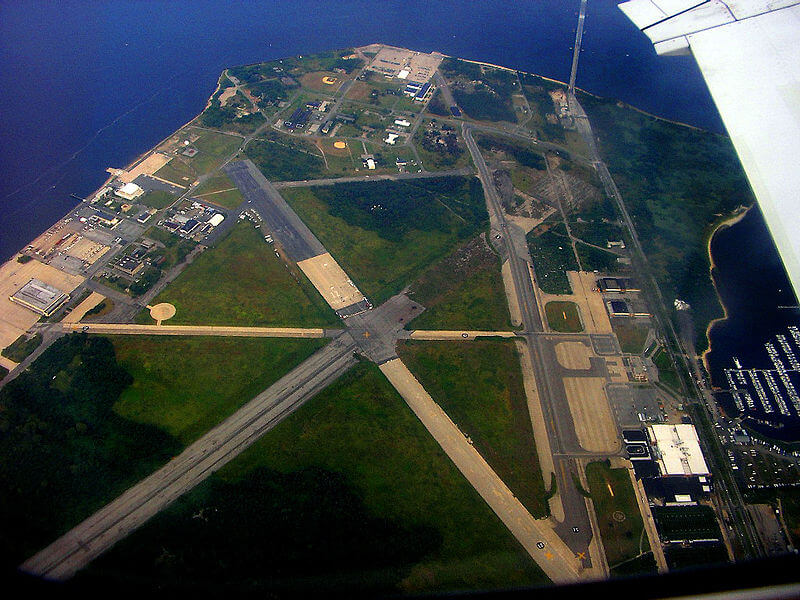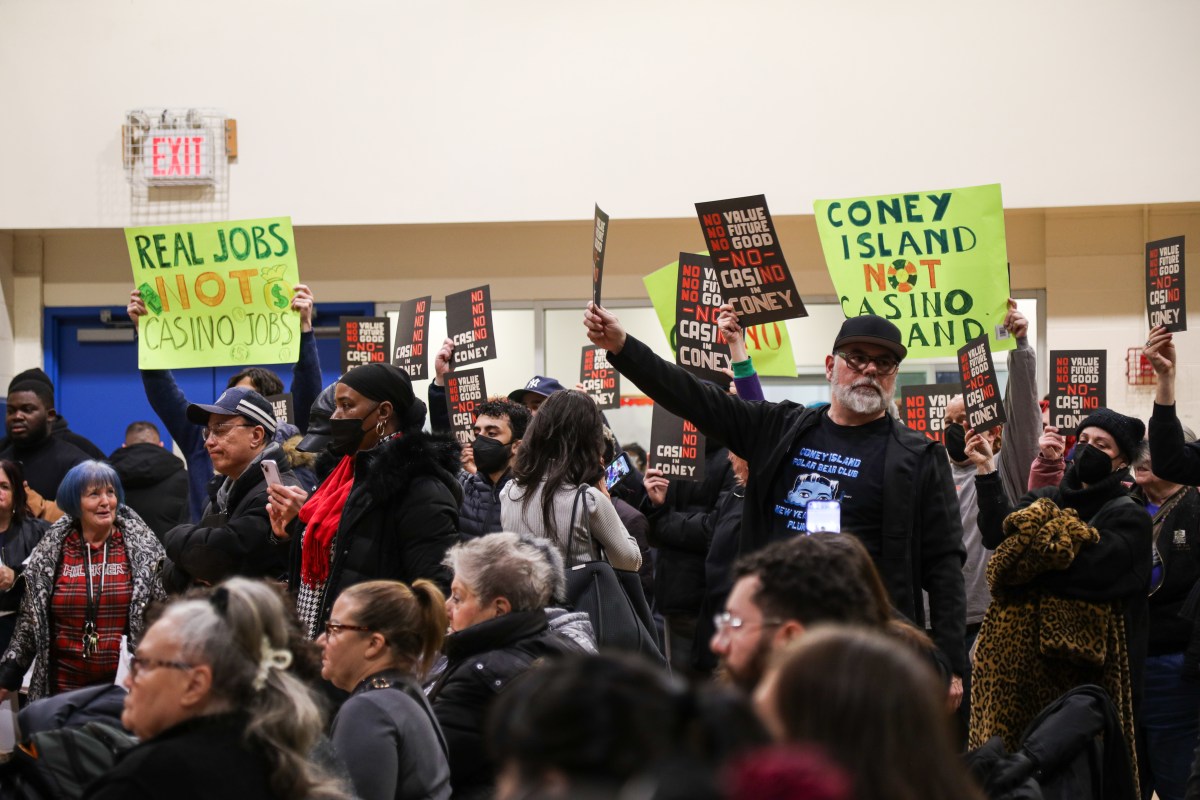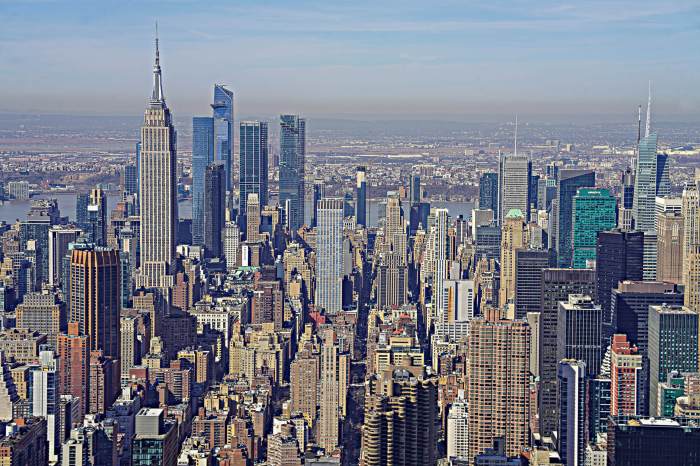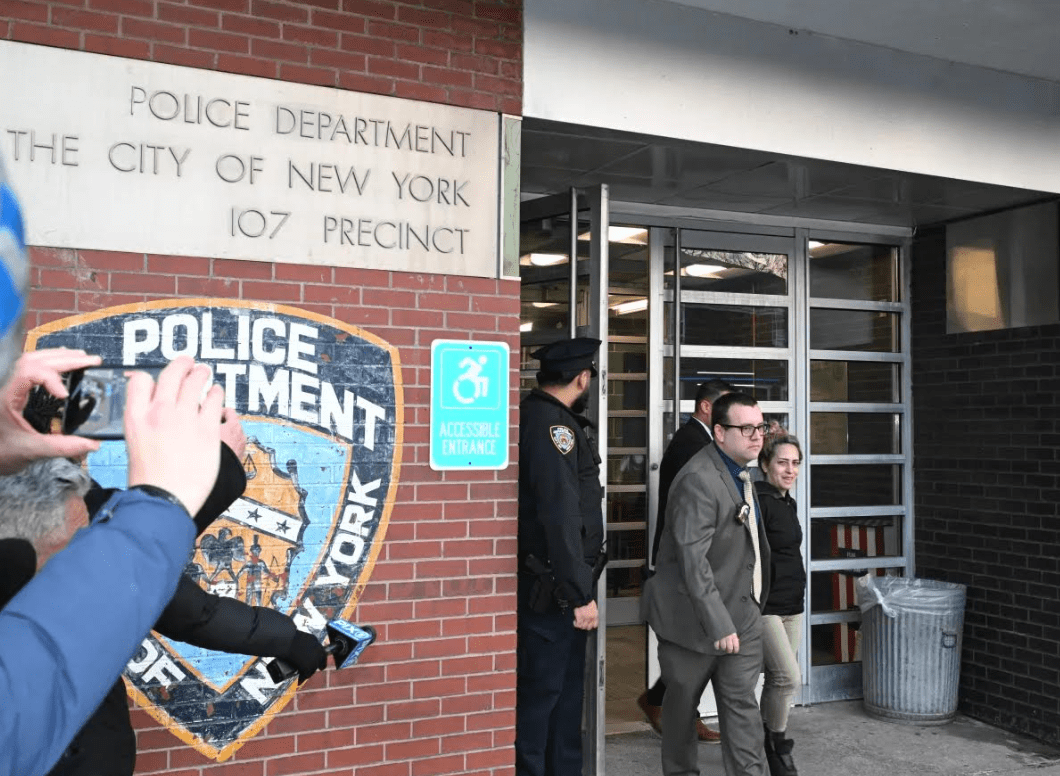BY LYNN ELLSWORTH | There are many weaknesses to Mayor de Blasio’s trickle-down approach to affordable housing. One is that it abandons direct provision of housing at the low end of the market and ignores the need to make housing permanently affordable.
Just as bad, every city initiative related to housing has become a partnership with a big-shot developer, with all the cost and profit biases, the distorted set of winners and losers, and all the negative social costs that such a partnership with Big Real Estate entails. If de Blasio really cared about housing supply, he would be much more aggressive about building 100 percent permanently affordable units on public land using the land trust model.

By foot-dragging on the public land trust approach, de Blasio and his team are leaving amazing housing opportunities on the table without a fight. I see three examples of public land that de Blasio has not fought for, where an excellent case can be made that the properties should be given over to a public land trust for permanently affordable housing — namely, two sites at the World Trade Center complex and the entirety of Floyd Bennett Field.
World Trade Center Site 5 is the site of the former Deutsche Bank. Strangely, the Port Authority and Lower Manhattan Development Corporation have recently decided they want to sell that site off to the highest private-sector bidder for roughly $300 million. The governor is apparently gung-ho for the idea, if his release of a request for proposals, or R.F.P., for the site is an indicator of his thinking.
It all means that the World Trade Center site will see yet another glass tower with a mix of luxury office and luxury retail, instead of what we need down there, which is either low-income housing or a park that isn’t for tourists. The mayor ought to be fighting for these sites, battling the questionable theory of “highest and best use” for the disposition of public land.
The other public land on the W.T.C. complex that is bizarrely not devoted to housing is the site that is supposedly slated for a boondoggle of a performing arts center — a glassy box designed by Frank Gehry, for which the funding has not yet been found. That funding is utterly dependent on private philanthropy — much like “Diller Island,” off of W. 14th St., a billionaire’s private project. What a silly diversion of private philanthropic money which ought to be better allocated to the renovation of the public Delacorte Theater in Central Park, an actual theater in desperate need of funding!
Meanwhile, Floyd Bennett Field has about 1,000 acres under federal control. Given that Trump is a real estate developer and dislikes the E.P.A., isn’t it worth trying to get the airfield back under municipal control for housing? The place is not “nature” but an abandoned airfield with a lot of asphalt. Think what 1,000 acres could do if it was in a public land trust devoted to affordable housing on a human (say, R6 residential zoning) scale!
Clearly, one of the problems is that de Blasio and his affordable housing team have self-limited themselves to finding affordable housing opportunities only when they profit big real estate.
The point of these examples is to illustrate the dangers of relying on “public private partnerships” to build affordable housing: The approach blinds us to the 100-percent public opportunities staring us in the face. We clearly need a new policy that builds up our land assets for affordable housing rather than sells public land off to developers.
It is timely to raise the issue since the next election cycle is coming up. So who among the mayoral contenders will embrace a different approach to housing that is not de Blasio 2.0?
Ellsworth is co-founder, Human-scale NYC, and chairperson, Tribeca Trust



































